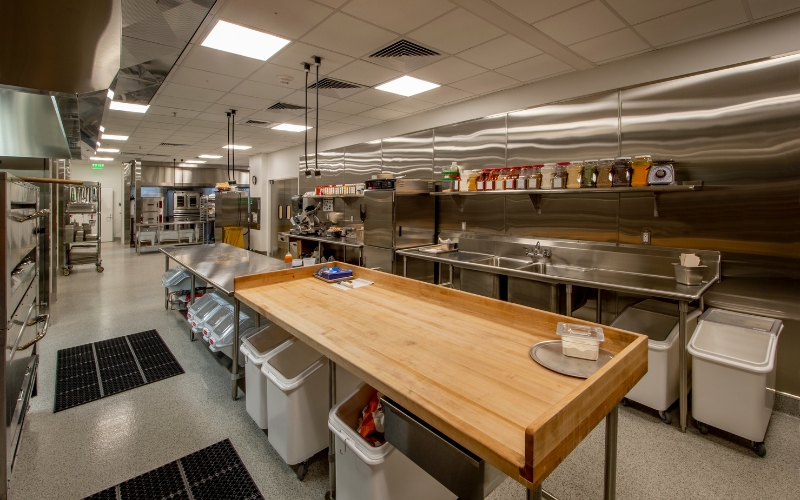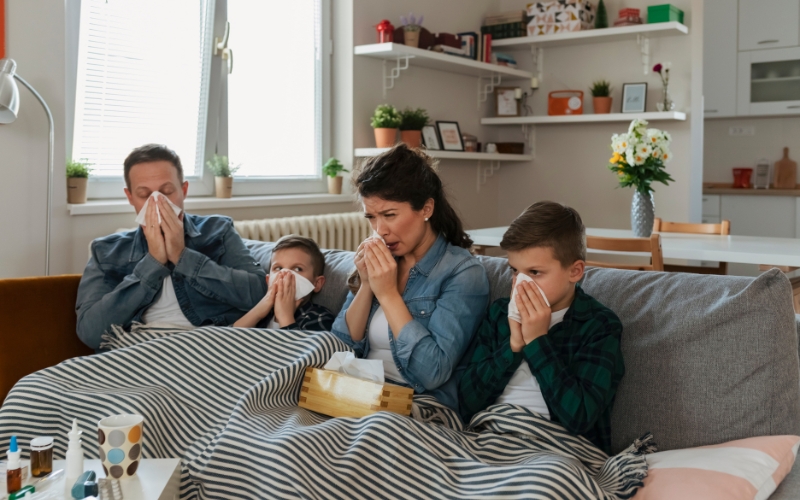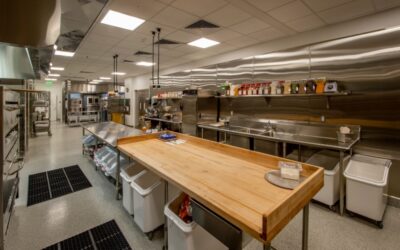In the dynamic realm of poultry farming, meticulous hatchery sanitation is so important. It directly influences hatch rates, chick vitality, and overall production efficacy. As the industry pivots toward free/reduced antibiotic usage, it’s imperative to critically reevaluate sanitation practices. This ensures optimal chick health and sustained production standards.
Formaldehyde fogging has historically been a conventional approach to microbial control in hatcheries. However due to adverse effects on the equipment, chick respiratory quality, and hatchery personnel health, its application was examined with a critical eye, and use was somewhat minimized. Recently, though, a resurgence in formaldehyde use has transpired. That’s coincided with the diminished reliance on antibiotics, and it’s prompted concern about safety and environmental implications.
DHP’s Role in Poultry Hatchery Sanitation
That’s where Dry Hydrogen Peroxide (DHP), developed by Synexis®, comes into play. DHP distinguishes itself from conventional liquid peroxide solutions by generating a gas-phase hydrogen peroxide molecule. This difference is significant as it presents an alternative with the potential for effective microbial control. This is all without the inherent drawbacks typically associated with sanitizing agents.
Recent research has undertaken a comprehensive analysis of DHP application in commercial poultry hatcheries, juxtaposing its efficacy against the established formaldehyde fogging. The hypothesis posited that the cumulative use of DHP in diverse hatchery domains, encompassing the egg room, common spaces, incubators, and hatchers, would yield microbial control and production performance on a level in line with the formaldehyde regimen.
In the study, machines producing DHP were strategically deployed in common spaces. These include a commercial broiler hatchery, as well as in select single-stage incubators and hatchers. The data collected included hatchability rates, residue breakouts, fluff counts, microbial loads on surfaces and eggshells, and three-day mortality with subsequent necropsy evaluations.
The Study Outcomes
The outcomes were incredible in favor of DHP’s efficacy. There were no significant differences statistically observed between DHP and formaldehyde in all the areas listed above. This suggests that DHP performs comparably (or better) to the previously industry-standard formaldehyde fogging program. Where DHP outperformed was in the analysis of the microbial load present on eggshells, particularly those within the hatchery egg cooler. After DHP introduction, a marked reduction in microbial load was clear.
To add to the victory for DHP, the study showed a considerable improvement in hatchability rates. Groups subjected to DHP exhibited a significant increase in hatchability compared to those same machines before DHP implementation.
This study not only establishes DHP as a comparable alternative to formaldehyde fogging but also addresses a pretty big concern in the poultry industry – health concerns regarding the exposure to use in addition to the potential regulatory constraints on formaldehyde use. Formaldehyde is already banned in some states and is currently under evaluation by the Environmental Protection Agency (EPA) to assess the risks of use which could lead to a total ban. With DHP being a viable and effective alternative, it’s a no-brainer for hatcheries to shift the way they improve the quality of their indoor environments and improve their production along with it.
View our webinar from March 5, 2024 on this study here:
To speak with an IAQ expert from Synexis, fill out this form and we’ll be in touch as soon as possible.
And to learn more about Synexis, click here.







